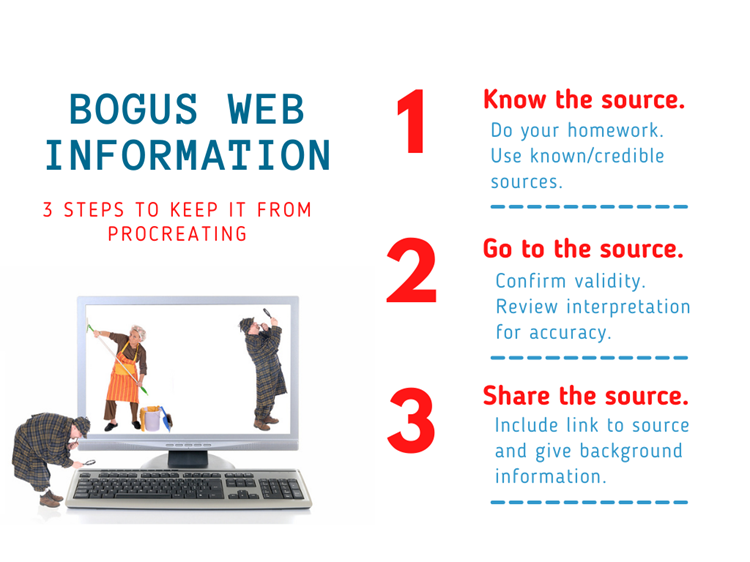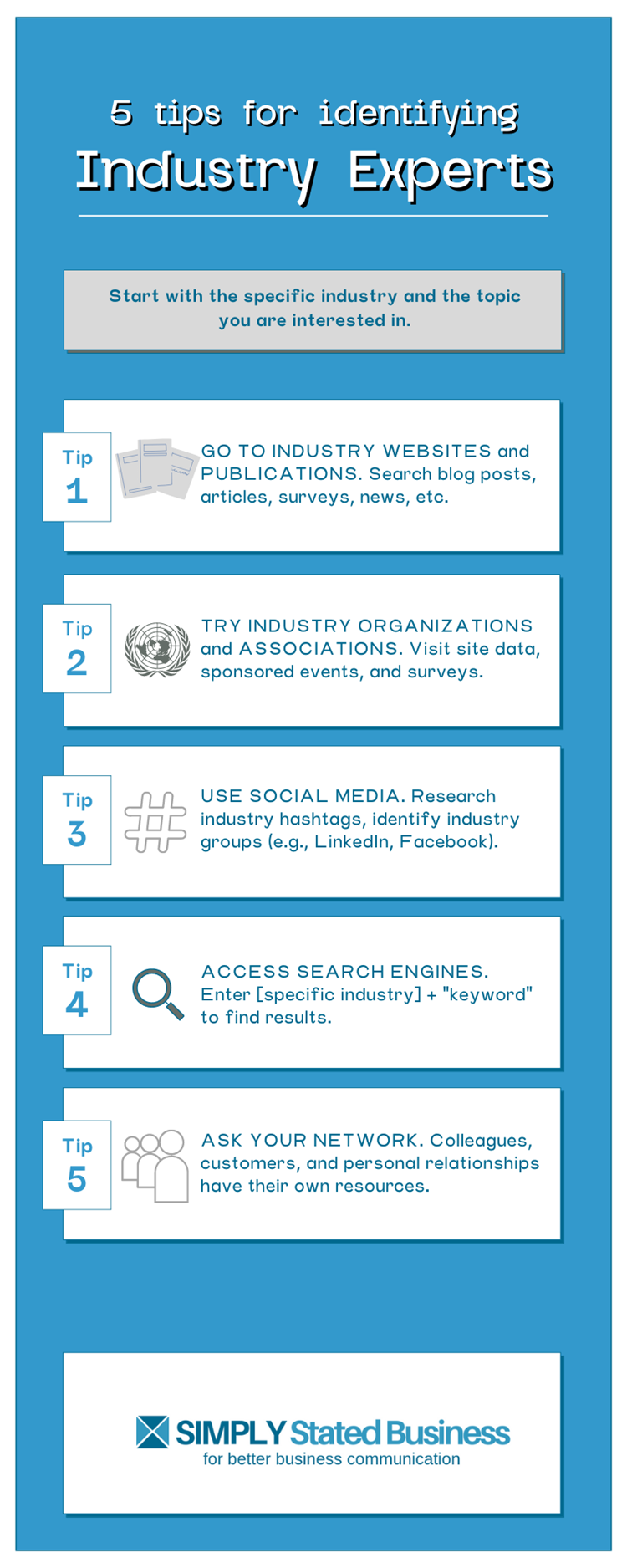 Long before fake news became a catchphrase, I wrote about bogus web information. The 2011 post focused on keeping the bogus out of your business communication.
Long before fake news became a catchphrase, I wrote about bogus web information. The 2011 post focused on keeping the bogus out of your business communication.
However, the following three steps could apply to either your business or personal information-sharing. So, if you’d like more accuracy in your communication, consider taking the extra steps.
Bogus Web Information and the Writer
Before semi-retiring from business writing, I did a ton of writing. Most of it ghostwriting. With a healthcare and insurance specialty that meant a lot of research.
Is there anything you cannot find on the internet?
- Personal or business – Googling is a primary activity for finding information.
- Unfortunately, the number of returned results includes an abundance of bogus information.
- So, how do you make sure the bogus stuff does not creep into your business communication?
Try using these three steps as a guide for more accurate business communication (or any kind).
1. Know the source.
Misinformation has a knack for spreading faster than breakups following The Bachelor. If social media has taught us anything, we know we cannot always trust the package that wraps information.
You can help verify the authenticity of the source by taking a few extra steps.
Use Known Sources
You are probably familiar with the expert sources in your industry. They may be the blogs your read, the publications you subscribe to, or the industry leaders you follow.
- Use proven industry experts as resources.
- If not original information, be sure the author identifies the source (e.g, survey results).
- Look for resources that identify the author or has contact information.
- Avoid anonymous web information.
Do Your Homework
But what if you are new to the industry or you are looking for experts in another industry? Or you are not familiar with a source.
The illustration below offers a few suggestions for finding experts.
Once you locate an expert, dig deeper.
Do your homework. Think of it like hiring a new employee. Even with a great referral, you still check out the individual’s credentials and background.
- Use your favorite search engine to research the author for credentials, other articles, etc.
- Look for publication dates – check to see if data is current.
- Verify the data/information through other sources.
- Make sure there is not a hidden agenda, a bias toward a certain view.
2. Go to the Source
Your credibility takes a shot when you share information that is misleading or inaccurate.
- Confirm the web information source is valid.
- Verify what is reported (e.g., names, dates, results).
- Review statistics for interpretation and accuracy (due to our scanning tendencies, inaccurate interpretations are also widely spread).
Often the research bounces around into a maze of regurgitated quotes and statistics with no source mentioned. If that happens, you may want to abandon that information. Find another source.
3. Show the Source
Including the source provides another level of credibility. You are transparent about your sources and for those who want more, you make it easy for them to do that. The following are a few ways to add source information.
- Include links to source data.
- Share source background information – e.g., on the company/institution, areas of expertise.
- Show backers of studies – e.g., government or company sponsors.
The Intangibles
After doing your due diligence, you may still have reservations.
- Listen to your gut.
- If it sounds exaggerated, it probably is.
- If you cannot find any solid evidence, run the other way.
As someone with a health care niche, I frequently come across conflicting data (think COVID).
- Reputable companies reporting inaccurate statistics
- Three to four different sets of statistics on the same study
- Attributing information that wasn’t even in the study
At times, locating the original source is tougher than finding the killer of a victim in a cold case.
You can help stop bogus web information from procreating by following three simple steps —
- Know the source
- Go to the source
- Show the source
What steps do you take?
Note: This post updates the original that published on January 12, 2011.
====================
Helping you Keep it simple, clear & uniquely yours
=====================
BigStock Photo credit
Canva credit



Health and the law are two of the stickiest areas to write in – there’s just so much bad information out there, and slogging through an academic paper without dozing off can be a challenge.
I like to start with news stories and follow the links back to published studies in journals to verify the facts and their interpretation of them. Then I try to get a second opinion, though that’s not always possible with newer findings. But sometimes you just have to go with your gut. After a while, you get a feel for what’s credible and what’s not.
Hi Cindy:
Thanks for dropping by. I do appreciate it. You are so right about the challenges and the snooze element of an academic paper – not to mention that so many medical articles require subscriptions to their journals.
I have been surprised by how one statistic can be misquoted or interpreted differently by well-known organizations.
Unfortunately, the bad information extends beyond medical and law. Just read some of the statistics and reports on social media!
It’s nice to know you are one of those that don’t just accept the face value. Thanks again for stopping by.